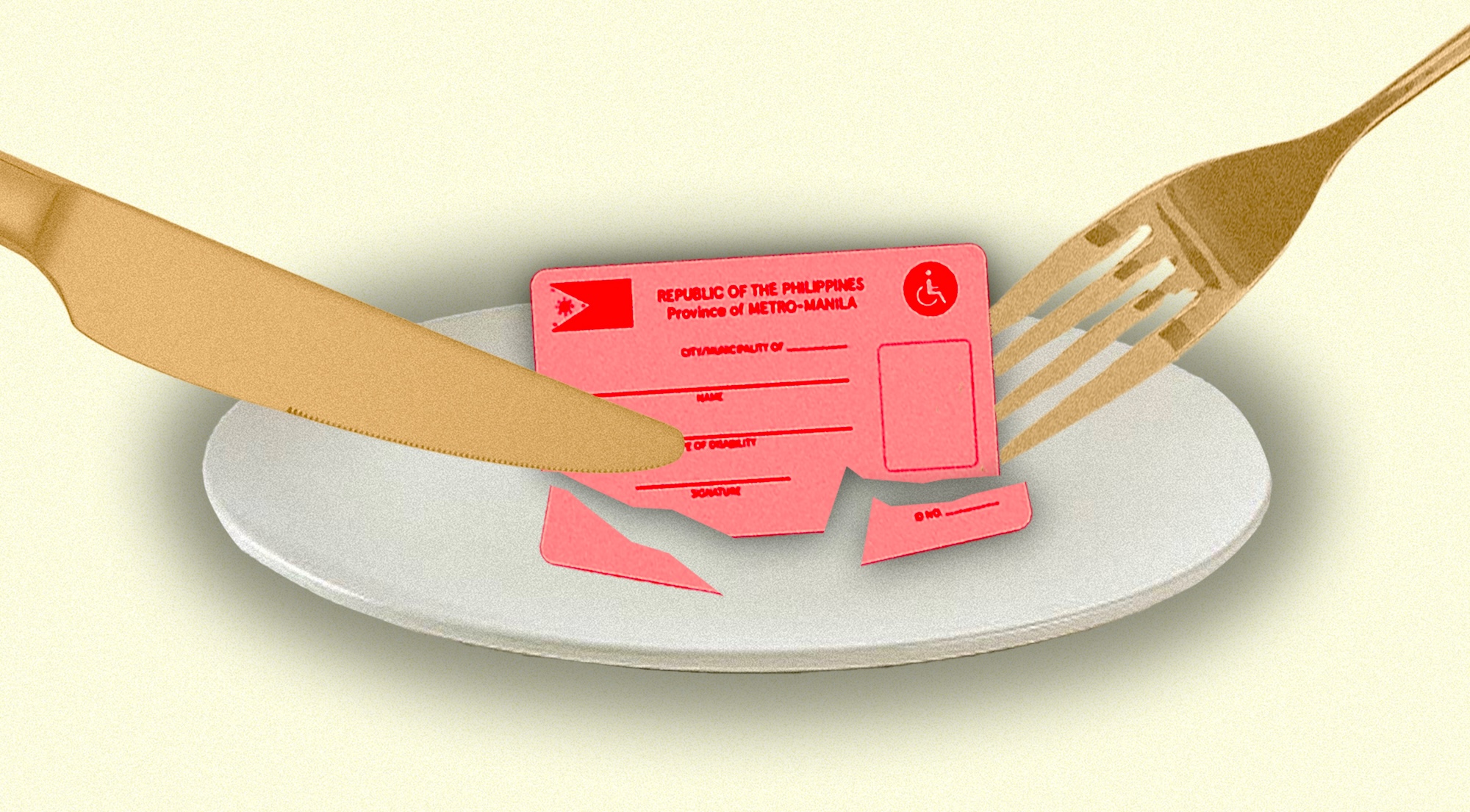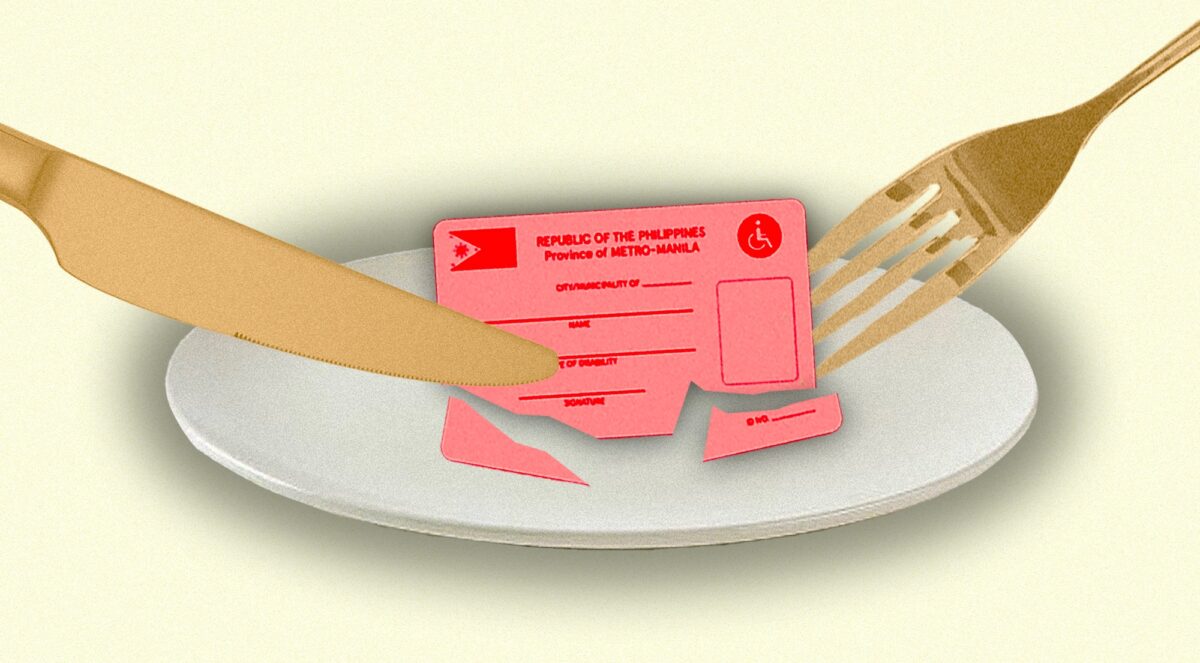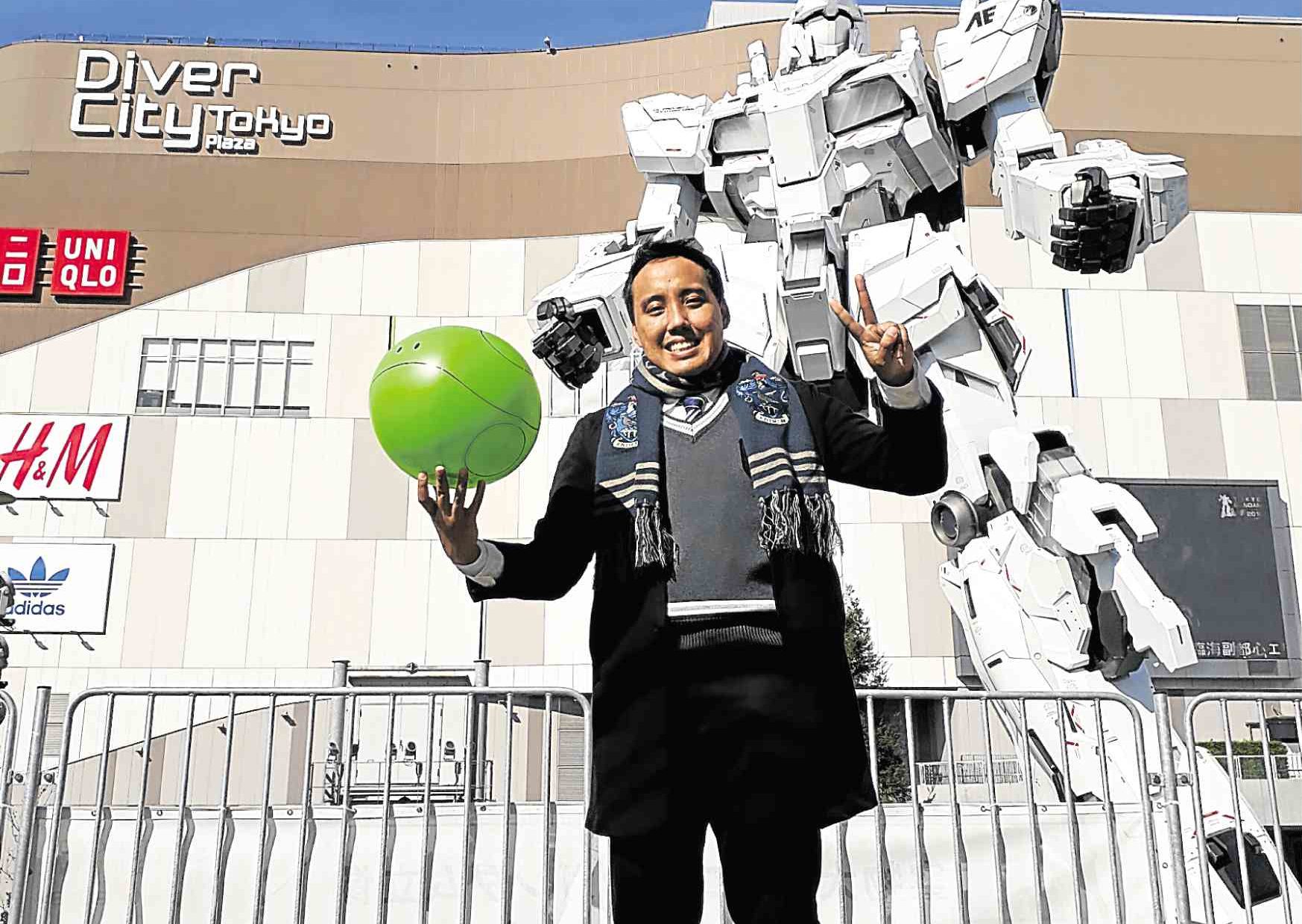If you want to go green, go Filipino.
This seems to be the not-so-subliminal message within “Beyond the Bahay Kubo: 16 Climate-Conscious Tropical Homes,” a new book featuring top-shelf residences designed in the contemporary Filipino style by the father-and-son design team of Bobby and Angelo Mañosa.
Published by the Tukod Foundation, the Mañosa and Company’s corporate social responsibility arm, the book focuses on design elements inspired by traditional Filipino houses that make these homes sustainable and environment-friendly, such as passive cooling through natural ventilation, natural lighting and the use of indigenous materials.
Many of the homes featured also make use of green technology, such as solar panels, energy-efficient lighting, and high-tech glass that actually repels solar rays. As a result, despite being high-end luxury living spaces, these houses consume much less energy and water than typical homes in the same price range.
Founded in 1976 by Francisco “Bobby” Mañosa, best known for such landmarks as the Coconut Palace and the Edsa Shrine, the firm has built its reputation-and an A-list clientele-by pushing for contemporary Filipino design, often against the overwhelming trend toward western or foreign architecture.
The architect, who has worked for popes and presidents, once famously stated, “I design Filipino, nothing else.” And in the last 35 years, he has made good his boast, tirelessly promoting indigenous materials and vernacular forms in such projects as the exclusive Amanpulo and Pearl Farm resorts, the Moonwalk “Nature Church” (sadly, now lost to fire) and the new Medical City building.
Mañosa’s vision of contemporary Filipino architecture remains the guiding spirit behind the family firm, whose day-to-day operations he has largely passed on to his three children: architect Angelo now serves as CEO, daughter Bambi runs the interior design department, and son Dino runs Mañosa Properties Inc., a spin-off property development and management firm.
Under the new generation, the firm has placed even more emphasis on sustainability and environmentally-responsible construction practices, although in truth, traditional Filipino architecture has always been “green.”
“The bahay kubo was the original sustainable house,” says Angelo Mañosa.
“In its form, it already embodies all the design principles we think of as ’green.’ It is made of low-cost, readily available indigenous materials and it is designed for our tropical climate: the tall, steeply-pitched roof sheds monsoon rain while creating ample overhead space for dissipating heat, the long eave lines provide shade. The silong underneath the house creates a simple, utilitarian space while allowing ventilation from below through the bamboo slat floors. The large awning windows, held open by a simple tukod (sturdy rod), provide cross ventilation and natural light. All of the materials used in it are organic, renewable and readily available at little cost. And yet it is strong enough to withstand typhoons. The bahay kubo even survived the ash fall from Mt. Pinatubo, when more ’modern’ houses collapsed.”
These same design elements were carried over when the bahay kubo evolved into the bahay na bato during the Spanish colonial period, he continues, because they worked. The bahay na bato was simply modified to suit a more urbanized lifestyle.
It was only in the 20th century with the advent of modernism that foreign architectural models began to be adopted wholesale, with little regard for our tropical climate. The results were predictable: enclosed buildings with glass windows required air conditioning, or else they became unbearable ovens in summer. New building facades were soon streaked with watermarks, because their flat roofs weren’t designed for our rainy season. Despite these drawbacks, the trend toward foreign architectural style persists.
With skyrocketing energy costs and growing environmental awareness, however, many of today’s designers have begun to reexamine the humble genius of the bahay kubo and its elegant approach to the challenges of climate.
In this regard, the Mañosas are well ahead of the curve.
“From the point of view of a modern architect, the bahay kubo provides a surprisingly practical template for designing sustainable, climate-conscious, energy-efficient houses and buildings,” says Mañosa.
“Of course, we’re not suggesting that you live in a bahay kubo or a bahay na bato, although some people do. What we’re saying is, keep the design principles and elements that work, but design contemporary homes for today’s needs and lifestyles: Hence, ’beyond the bahay kubo.’”
Like his father, the younger Mañosa is a product of the University of Sto. Tomas College of Architecture and Fine Arts. He also has a master’s degree in design science from the University of Sydney, and his own practice has focused on sustainable design, while remaining strongly influenced by his father’s work.
One of his designs, a suburban family home, won the grand prize in the Metrobank Art and Design Excellence (MADE) competition in 2010 for its sustainable features.
“In the end, green design is just good design,” he says.
18 Ways to a Green Home
Building a sustainable house, says architect Angelo Mañosa, is less about spending on technological solutions and more about making intelligent design choices. Here are some of the key ideas to keep in mind:
Passive cooling:
Up to a third of the energy costs in the average home goes toward temperature control, i.e., fans and air-conditioners. Homeowners can save a lot of money if their homes are designed to be cool in the first place. Maximize cross-ventilation by designing doors and windows to take advantage of prevailing winds. (There are Internet resources that plot the prevailing winds in your area.)
Take advantage of the “stack effect”: Warm air rises as cooler air comes in. Placing vents along the ceiling allows warm air to escape, resulting in cooler interiors.
Water installations, such as koi ponds can lower the ambient temperature by as much as one full degree through evaporative cooling. Situate them so they cool the air as it enters the house.
Minimize heat gain by plotting the sun’s path beforehand (computer software has been developed just for this purpose) and designing preventive measures for the hottest parts of the house, such as using adobe or stone to insulate against heat, or lengthening roof eaves to provide shade. A more expensive technological solution is to use argon-gas filled glass windows that block heat rays from solar radiation. A more economical solution is window film that filters out harmful UV radiation while letting light in.
Natural lighting:
Situate windows and doors to make full use of natural sunlight and minimize the need for artificial light.
Solar tubes and skylights are a low-cost solution for interior parts of the house without accessible windows.
When you do use artificial light, use energy-efficient LED or compact fluorescent bulbs.
Water management:
One way to conserve precious drinking water is to install a “grey” water system, which is basically a tank or cistern for collecting rainwater and used water from drains. Grey water can be used for irrigating plants, flushing toilets and washing cars.
Pool water can also be recycled if you use salt instead of chlorine as a disinfectant.
Select plants that require minimal irrigation.
Carbon footprint:
Be mindful of the environmental impact your home creates during its construction.
Local indigenous materials have a much smaller carbon footprint than imported materials.
Use recycled or repurposed material whenever feasible, such as adobe from the foundation work, or planking from previous structures.
Set aside as much of the land area as you can for greenery.
Use low volatile organic compound (VOC) paint; it’s better for the environment.
Alternative energy:
Solar power is a cost-effective energy source for hot water.
Solar panels can also be used to generate supplementary power for some uses, helping lower energy costs.
Choose appliances which consume less energy, such as inverter-type air conditioners, and washing machines and dryers that run on LPG.









































